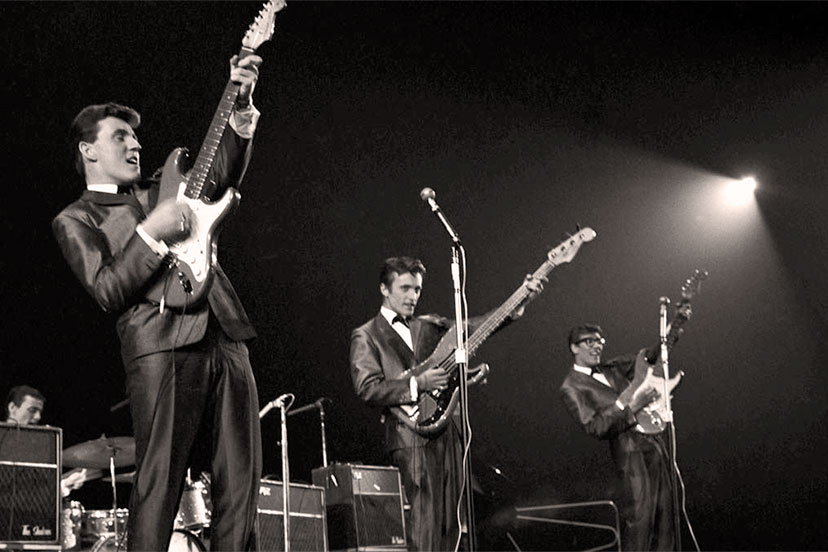It all started back in the 1950s, I guess, with electric guitars.
Our obsession with making everything electric, I mean.
We weren’t satisfied with annoyingly loud guitars. We wanted to plug in everything we owned. Electric cars, electric buses, electric baseboard heat, electric lawn mowers, electric baseboard heat, electric cameras, electric toothbrushes, electric bicycles, electric blankets…
When I was a kid, you pedaled your bicycle with your own legs. You brushed your teeth with your own arm muscles. You pushed the lawn mower. You chopped wood for the stove.
Most importantly, you didn’t have to plug in your guitar.
But all we hear now is, everything needs to become ‘electric’ — your house, your car, everything — because otherwise the world is going to overheat and catch on fire. That would not be pleasant.
Of course, we understand the absolute necessity for certain things to be electric. Like phones, for example. We tried all the other methods of communication — two tin cans on a string, smoke signals, jungle drums, semaphore — and nothing really comes up to the level of a good old electric phone. And now that you can ‘text’ on your phone, you can easily communicate with your girlfriend, without your wife overhearing the conversation.
But maybe ‘electric cars’ is going a bit too far.
When I first heard people talking about electric cars, I had to laugh. Ha ha ha. How would they make an extension cord that long?
But it turned out the cars were going to be run on batteries. Well, that seemed almost as ridiculous. It takes two batteries to run my electric toothbrush. How many batteries would it take to run a car?
But somehow, the engineers figured out a way to build an electric car without filling the entire back seat with batteries. And these cars can go 200 miles per hour, and accelerate from 0 to 60 in two seconds.
From the car’s point of view, electricity is a fine thing. But we have to look at the situation from the perspective of the electric wires. You can’t get blood from a turnip — and even more importantly, you can’t get electricity from a turnip.
That is to say, when we’ve squeezed every last drop of electricity out of the electric grid, we can’t turn around and start using turnips.
The main problem, at the moment, is Lake Mead. Back before the invention of electric cars, and electric blankets, the US government invented the electric dam, and named it after President Herbert Hoover, the guy who caused the Great Depression. All these years, the turbine generators at the Hoover dam have been pumping out about 2,000 megawatts of hydroelectricity, which is enough electricity to power approximately 100 million electric lawn mowers.
Needless to say, the lawns all across the American West would not look the same, without the Hoover dam.
Especially, the cemeteries in California would not look so well-groomed.
But we’ve just heard that Lake Mead has fallen to its lowest level since the Great Depression, and as a result, its turbines are generating considerably less electricity than they were spewing out 20 years ago. Lake Powell, upstream, is also slowly running dry, and its Glen Canyon Dam, too, is struggling to pump out the electricity the way it used to.
We need a lot more water to keep these reservoirs filled. And you can’t get water from a turnip. Well, actually, you can… but not enough water to fill Lake Mead and Lake Powell.
At the rate things are going, it’s very likely that the electric power lines, leading from both dams to your house and mine, will stop humming within the next five to ten years.
So we have a couple of choices, going forward.
Drink less water, and let the reservoirs fill back up.
Or play acoustic guitars.




